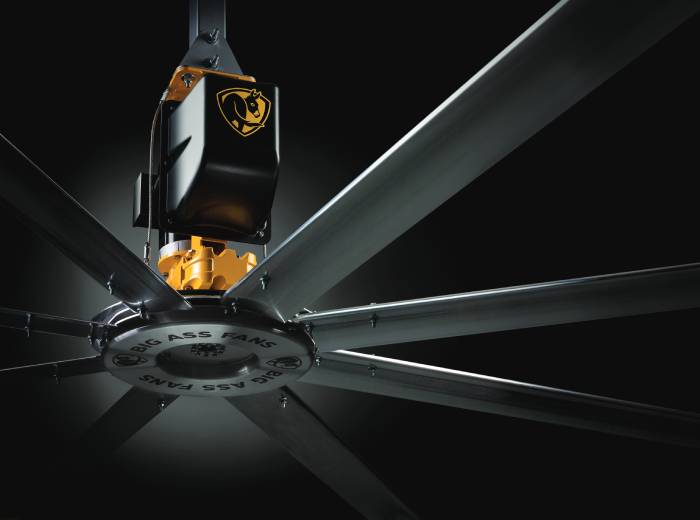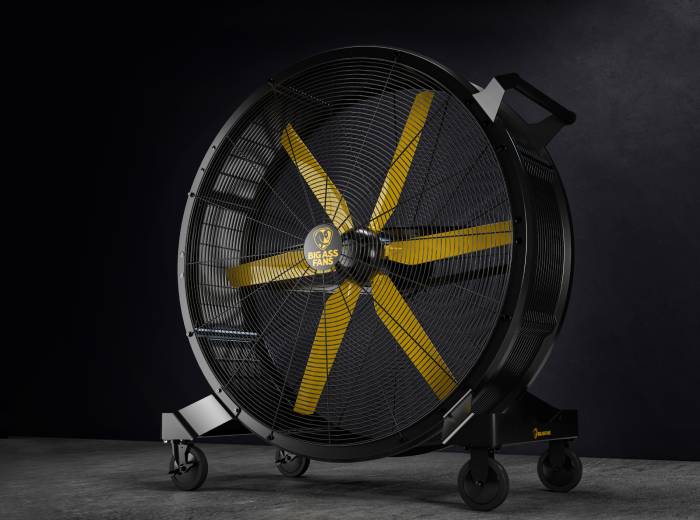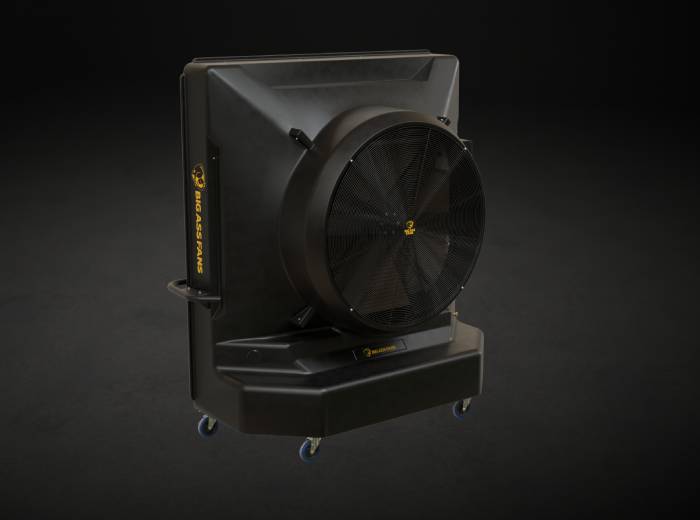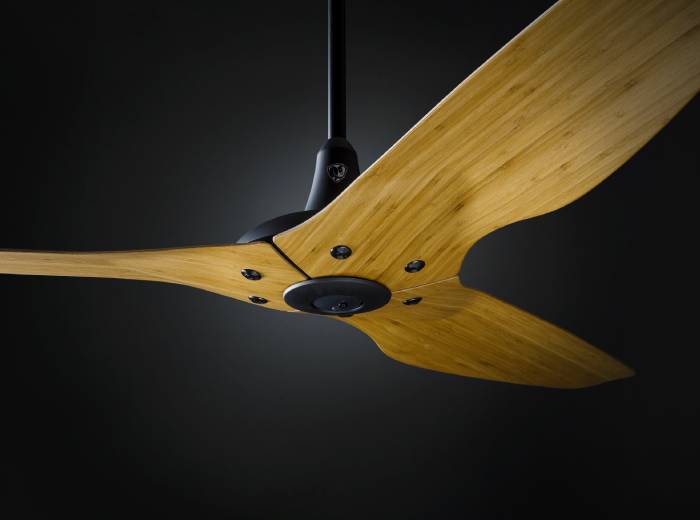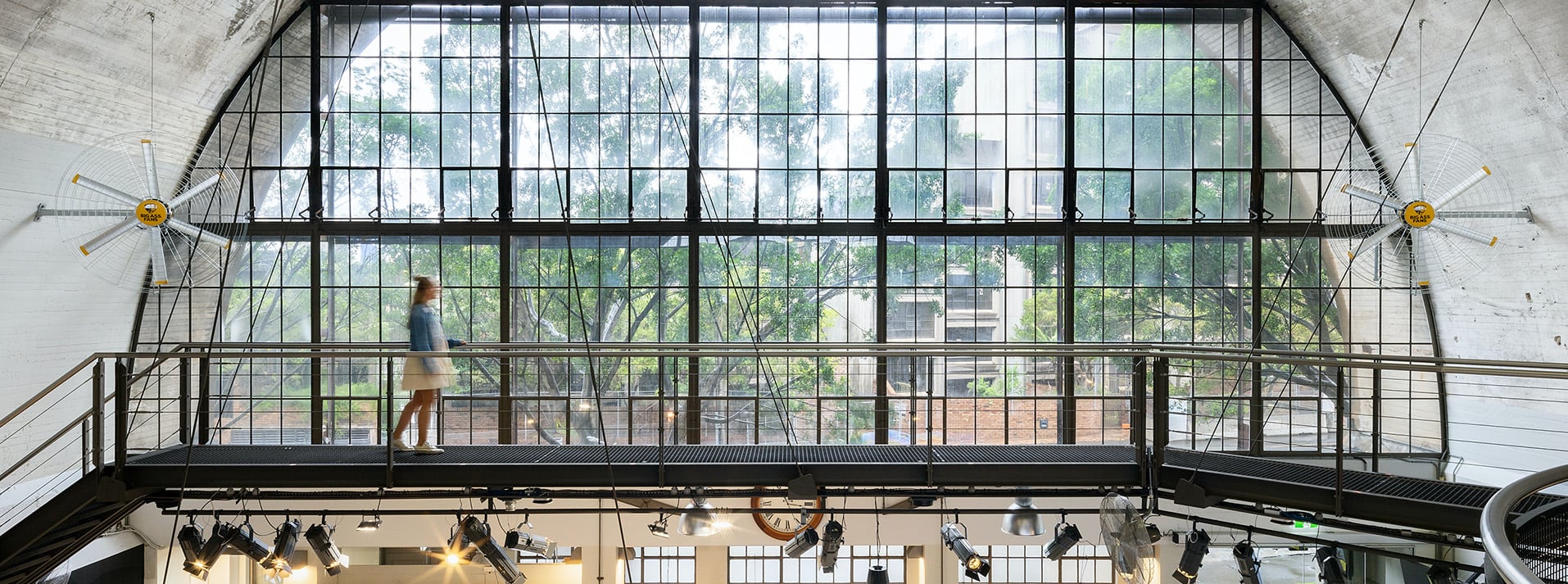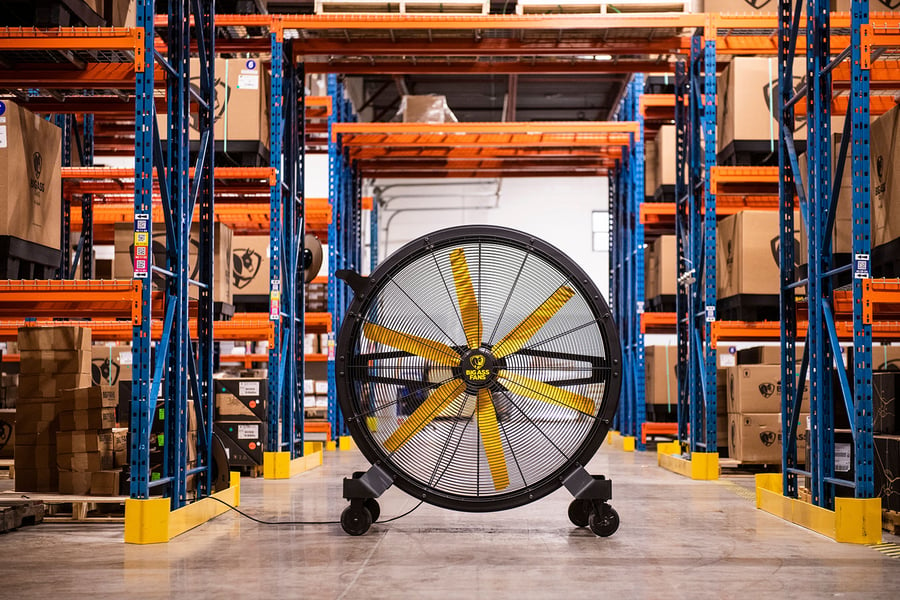
What Are Directional Fans and Which Industries Benefit Most?
Creating comfortable indoor environments can be achieved through simple solutions like directional fans. Unlike traditional fans that offer general air movement, directional fans are designed for targeted airflow, delivering cooling exactly where it's needed most.
Whether it's improving working conditions on a factory floor, improving the experience in a gym, or optimising airflow in a restaurant's outdoor area, these fans are making a noticeable difference in comfort, productivity, and energy consumption.
what are directional fans?
Directional fans are mechanical fans designed to move air in a specific direction, rather than circulating it evenly throughout an entire space. Their main purpose is to provide focused airflow to targeted areas, improving ventilation and cooling where it matters most.
Traditional fans typically circulate air in a wide, often less-controlled pattern. In contrast, directional fans are engineered to send airflow in a concentrated direction, allowing for strategic placement and more efficient cooling. This makes them ideal for industrial and commercial spaces that require zoned climate control.
There are four main types of directional fans. These include:
- Ceiling-Mounted Directional Fans: Installed overhead, these fans offer unobtrusive and efficient airflow distribution.
- Wall-Mounted Directional Fans: Great for spaces where floor space is limited; they provide strong airflow directed from the side.
- Oscillating Fans: These rotate back and forth to cover a wider area while maintaining directional focus.
- Multi-Directional Fans: Equipped with adjustable heads or multiple fan blades that can be angled independently, offering versatile airflow coverage.
how directional fans work
Directional fans work by using powerful motors and specially angled blades to direct airflow precisely where it's needed. Many models offer adjustable angles, allowing users to tilt or rotate the fan head for optimal positioning. These fans excel in providing relief exactly where people or machinery need it most. This targeted approach is not only more effective for comfort but also avoids unnecessary cooling of unoccupied areas.
They typically include adjustable brackets, pivoting heads, or oscillation features, allowing for custom airflow patterns. Many commercial-grade units also offer variable speed motors for added control. Some fans offer both forward and reverse airflows. This dual-direction capability helps with seasonal use, pushing cool air in summer and redistributing warm air in winter, making them even more energy-efficient
key benefits of directional fans
- Energy Efficiency: By focusing airflow where it’s needed, directional fans reduce the load on HVAC systems and lower energy consumption.
- Improved Comfort: Occupants enjoy a cooler, more comfortable environment thanks to focused air movement.
- Productivity Gains: In workplaces like warehouses and manufacturing facilities, better airflow leads to improved employee performance and satisfaction.
industries that benefit from directional fans
- Warehouses & Logistics Centres: Large open spaces with high ceilings often suffer from hot spots and stagnant air. Directional fans help regulate airflow, keeping staff comfortable and goods in better condition.
- Factories & Workshops: Heat generated by machinery can create uncomfortable or even unsafe conditions. Directional fans provide targeted cooling to key workstations, improving safety and productivity.
- Gyms & Fitness Studios: Maintaining airflow in areas where people are physically active is essential. Directional fans help create a more pleasant environment by targeting workout zones and reducing humidity.
- Restaurants & Hospitality Spaces: Outdoor dining areas, kitchens, and waiting areas benefit greatly from directional fans that can provide cooling in specific zones without disrupting the ambiance.
- Commercial Outdoor Areas: Event spaces, patios, and open-air retail settings often rely on directional fans to keep guests cool and air moving, even in high-traffic, open-air environments.
choosing the right directional fan for your space
Selecting the right directional fan depends on several key factors. Start by assessing the size and layout of your space, as larger areas may require more powerful fans like AirEye directional fans or multiple units for full coverage. Consider how the fan will be mounted. Wall-mounted or ceiling-mounted options are ideal for saving floor space, while floor fans offer mobility.
Noise level is also important, particularly in offices or hospitality settings where a quiet atmosphere is preferred. In rugged environments like workshops or warehouses, durability is critical, so choose fans that can handle dust, moisture, and constant use.
It's also important to consider whether the fan will be used indoors or outdoors. Fans exposed to the elements need weather-resistant finishes and durable housings. For maximum versatility, look into multi-directional fans that allow for flexible positioning and airflow control. These are ideal for spaces with changing layouts or multiple activity zones. Taking the time to match a fan’s features with your specific needs ensures better performance and long-term value.
summary
Directional fans are a smart solution for improving comfort, energy efficiency, and productivity across a variety of industries. By focusing airflow where it’s most needed, these fans allow businesses to create more targeted climate control strategies. Whether you're managing a warehouse, designing a gym, or upgrading an outdoor dining space, incorporating directional fans into your airflow design can make all the difference.
Visit the Big Ass Fans store to check out our range of directional fans. Available in a variety of mounting and portable options, including the Sidekick, Black Jack, Pivot, and more, backed by a 5-year warranty.

